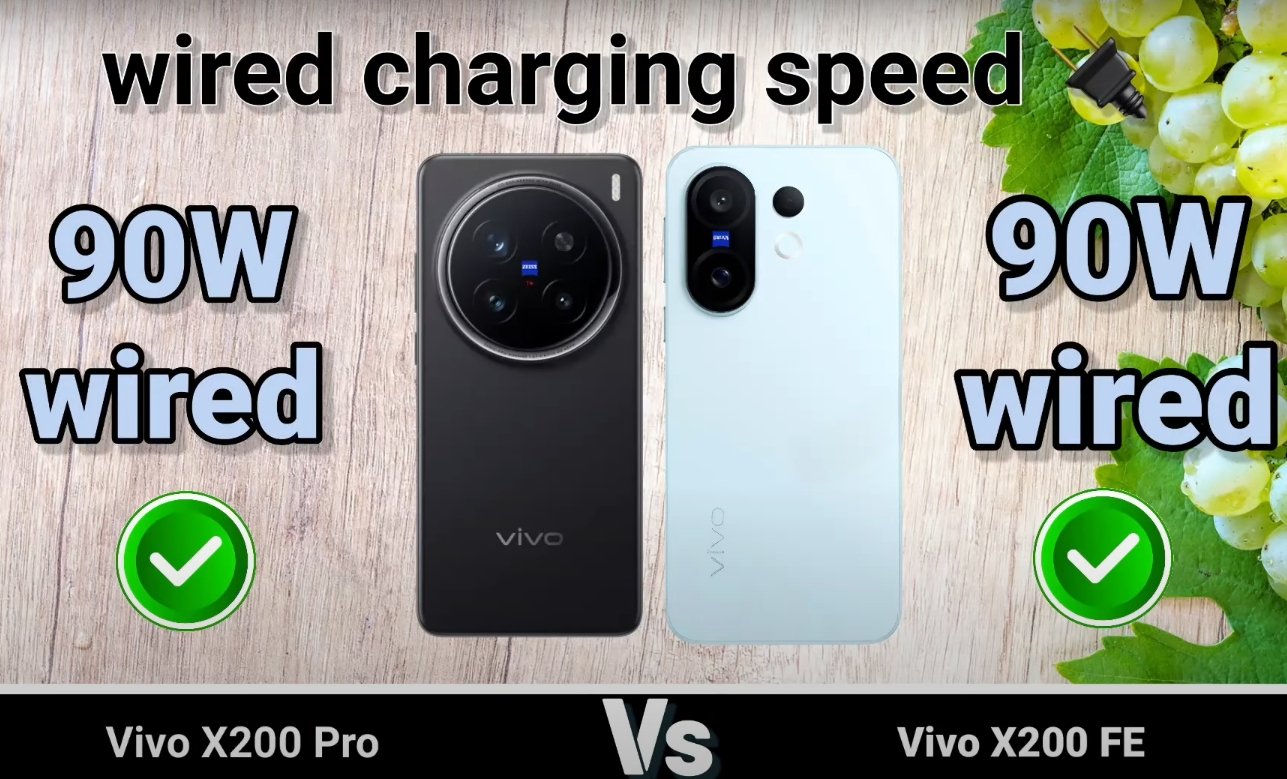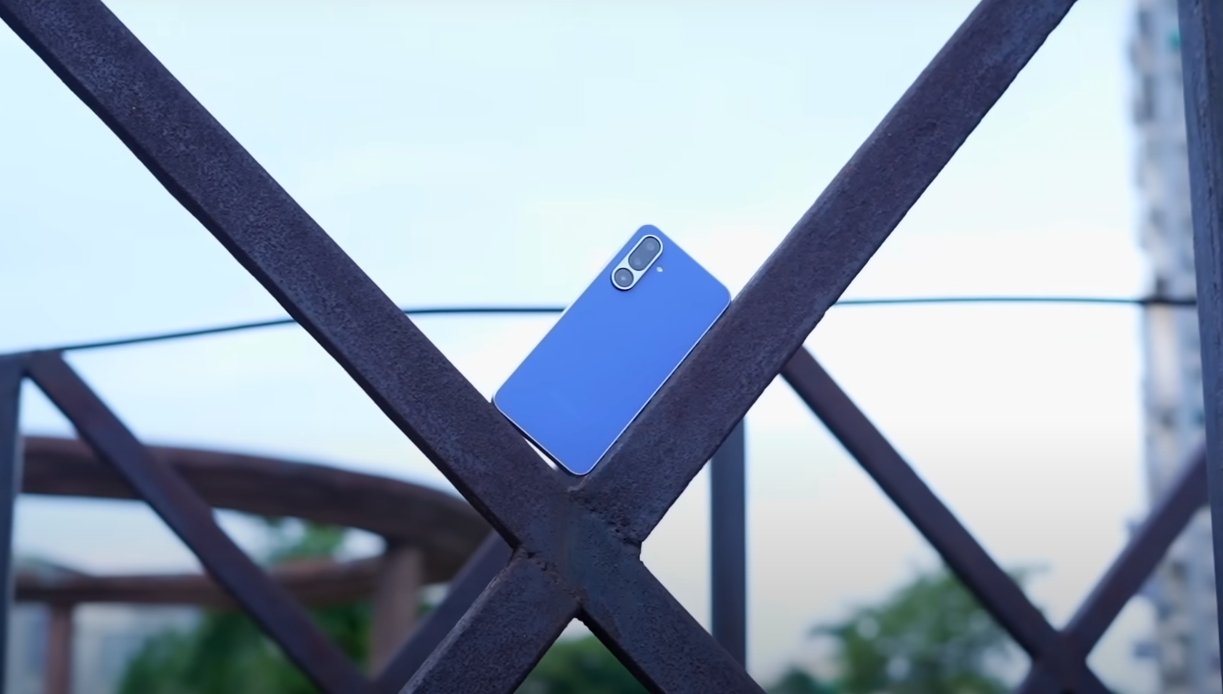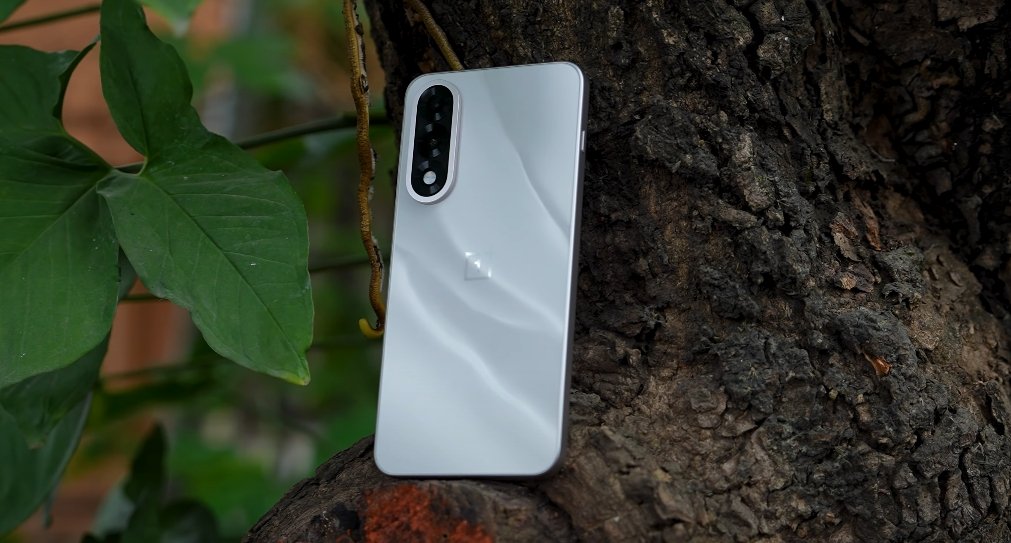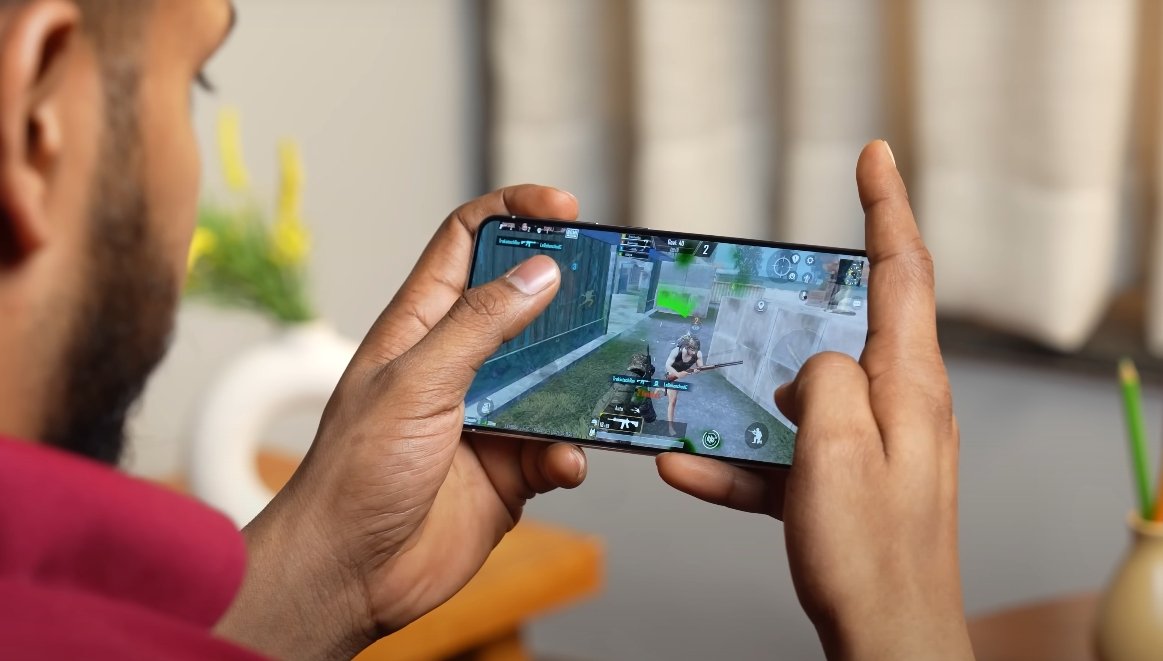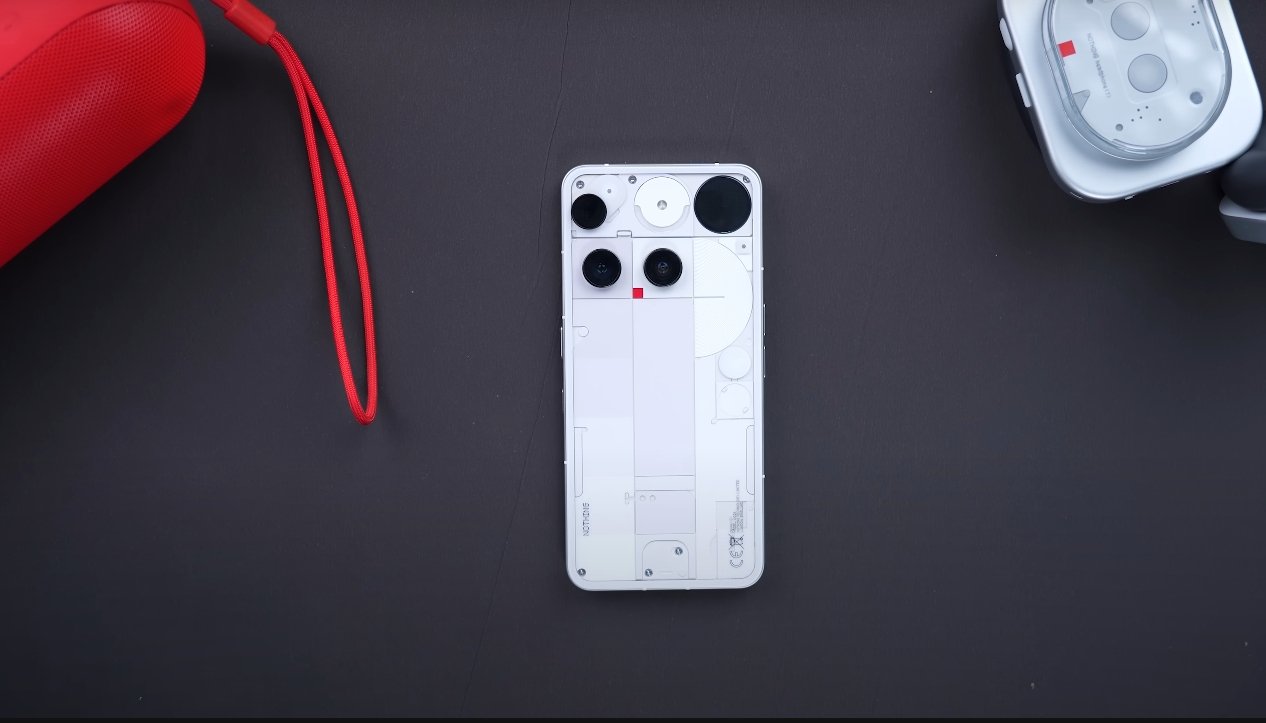The camera setup is one of the most important areas where the vivo X200 FE and the X200 FE Pro take different paths. While both devices offer a triple camera configuration, the Pro model delivers a more advanced and versatile system that is designed for users who prioritise photography and content creation.
The regular vivo X200 FE features a 50MP primary camera, which performs well in daylight and controlled lighting conditions. It captures detailed photos with accurate colours and decent dynamic range.
The camera software includes features like HDR, AI scene recognition, and basic night mode, making it suitable for casual users who enjoy everyday photography without requiring pro-level output.
Upgrade in the Pro Model for Serious Photography
The vivo X200 FE Pro takes the imaging experience to a different level. At the centre of its camera system is a 50 MP main sensor, but unlike the regular FE, this lens comes with Optical Image Stabilisation (OIS) and Zeiss optics.
OIS helps to reduce blur in low-light photos and while recording video, offering more stable and sharper results. The Zeiss partnership also improves colour tuning and lens clarity, making the image output more natural and polished.

Another major difference lies in the Pro model’s inclusion of a 50MP periscope telephoto lens. This allows users to achieve 3x optical zoom, something that the standard X200 FE does not offer. The regular FE lacks a true zoom lens and relies on digital cropping, which often results in lower quality.
With the periscope camera on the Pro model, users can capture distant subjects with clarity and detail, ideal for portraits, landscapes, and even creative street photography.
Ultra-Wide and Front Camera Similarities and Differences
Both phones come with an ultra-wide-angle camera, but the X200 FE Pro uses better lens correction and software processing to reduce edge distortion. This is especially noticeable when capturing large buildings or group shots.
While the resolution might be similar on paper, the Pro version delivers better colour consistency and detail across the frame. On the front, both models include a 50MP selfie camera.
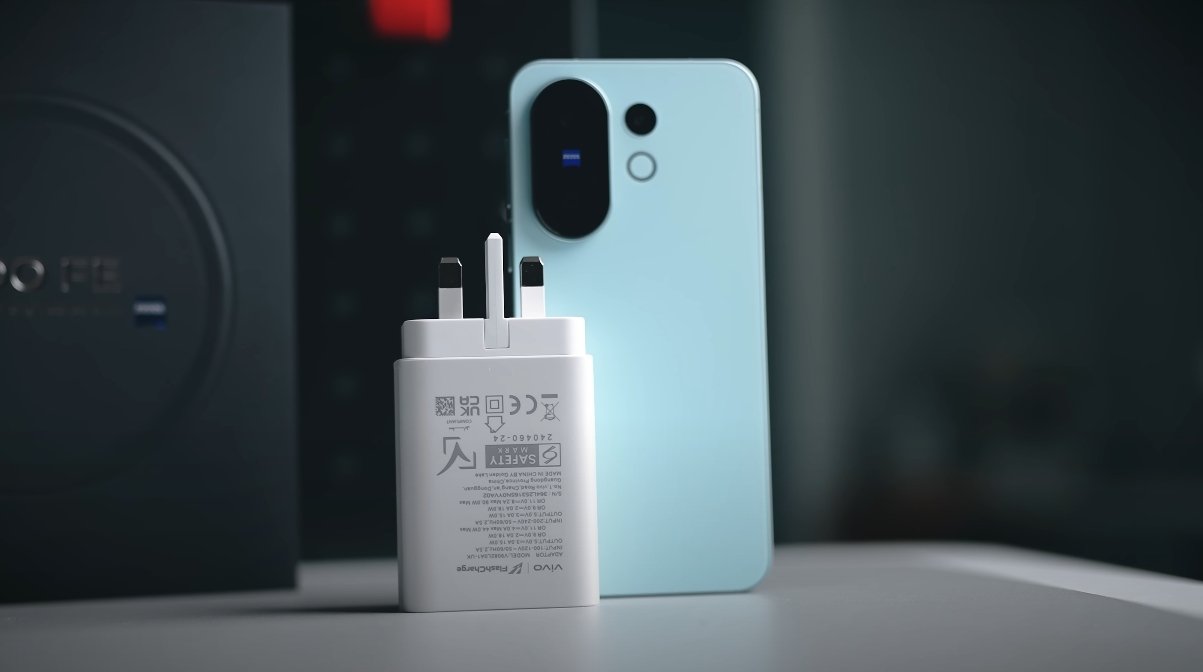
However, the X200 FE Pro takes the lead once again with better dynamic range, skin tone accuracy, and improved video capabilities. The Pro supports 4K video recording from the front lens, which is a major advantage for vloggers and content creators. The regular FE may still offer a sharp front camera, but it is slightly less capable in terms of exposure control and low-light clarity.
Video Performance and Stabilisation
Video recording is another category where the X200 FE Pro performs better. It offers up to 8K video recording from the rear camera and includes enhanced gyro-EIS and OIS for smoother footage.
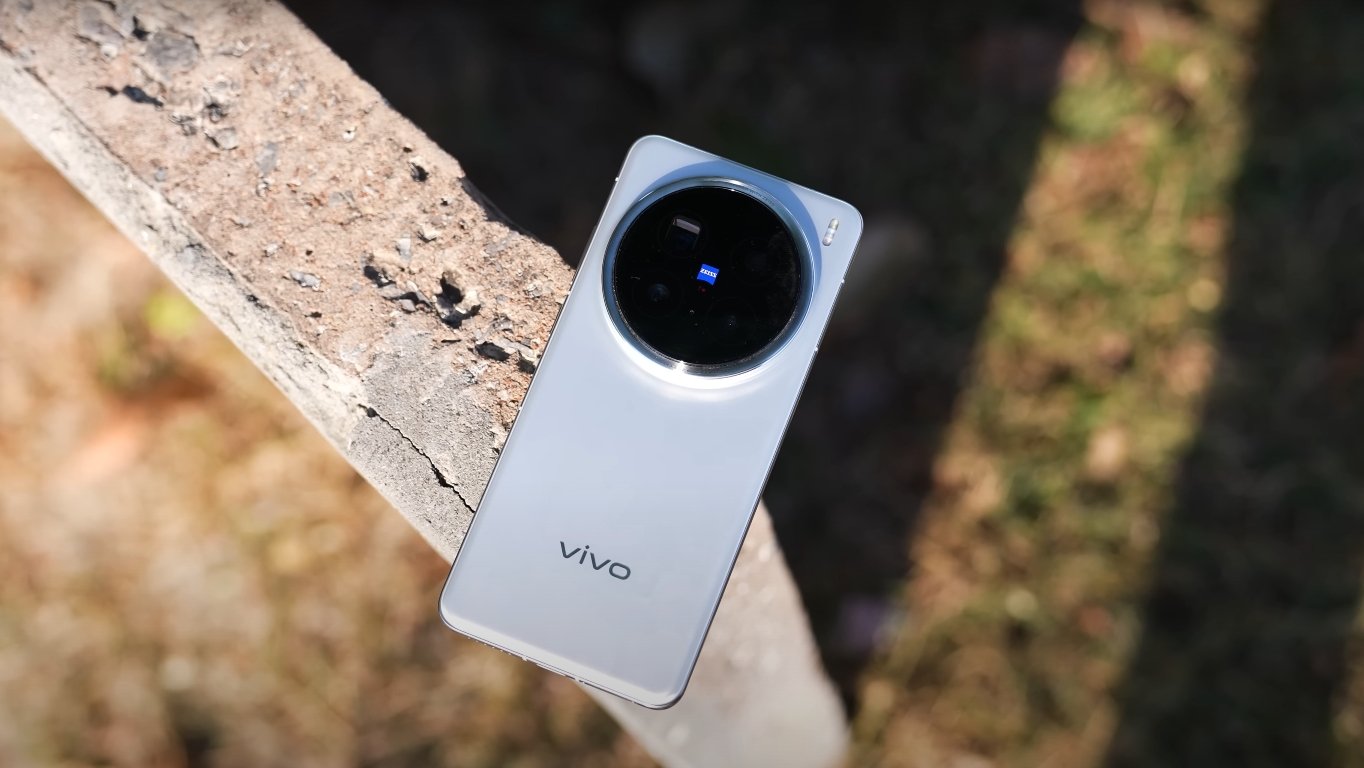
This makes it ideal for handheld shooting, walking shots, and panning scenes without relying on gimbals or external stabilisers. The regular X200 FE can record decent video in 4K, but it lacks the advanced stabilisation and high-resolution output that content creators might look for.
Final Verdict on Camera Comparison
In summary, the vivo X200 FE delivers a decent camera system suitable for casual users, offering good image quality, a wide-angle lens, and a high-resolution selfie camera. However, for those who value more flexibility, better low-light performance, optical zoom, and professional-grade video, the vivo X200 FE Pro is clearly the superior option.
Its addition of a 50 MP periscope zoom lens, OIS on the main sensor, and Zeiss optimisation gives it a significant edge in photography. The Pro model is not just an incremental upgrade, it is a true enhancement for users who rely heavily on mobile cameras for their everyday creativity.
Also Read: Samsung S24 FE vs Motorola Edge 60 Pro camera review
